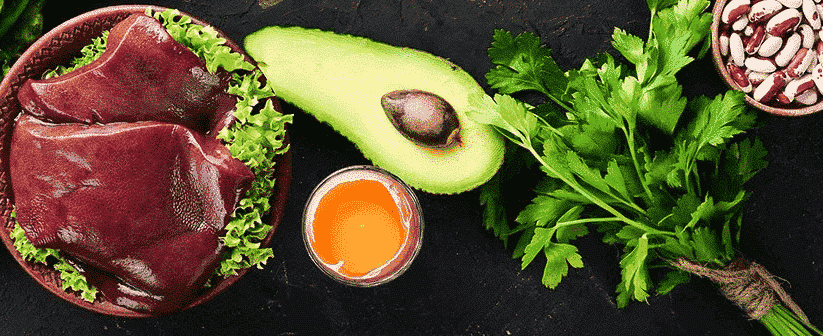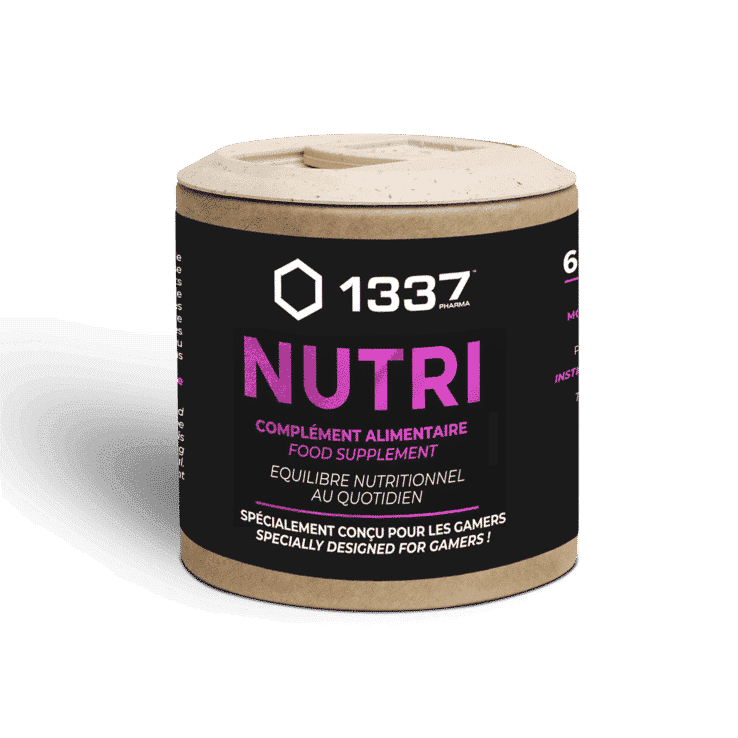Iron
Ingredient
What is Iron?
Where does it come from?
Why is it used?
What are the benefits?
Bibliography
What is Iron?
Iron is a nutrient that plays an essential role in the transport of oxygen. It binds to hemoglobin, a special protein, and helps it transport red blood cells from your lungs to other tissues in your body (Abbaspour et al., 2014)
Iron is naturally present in the foods you eat, and there are two main types: heme iron and non-heme iron.
Where does it come from?
The term “heme” is derived from a Greek word that translates to “blood”. This type of iron comes from animal proteins such as poultry, fish and beef.
In contrast, non-heme iron comes from plant sources, including legumes, leafy green vegetables, and nuts.
Heme iron is the easiest for the body to absorb and its bioavailability is 14-18% in mixed diets. Non-heme iron, the source of iron in vegetarian diets, has a bioavailability of 5-12% (Hurrell & Egli, 2010)
Why is it used?
Iron supplements can help reverse low iron or treat iron deficiency anemia. They can show results faster than dietary interventions and are often considered the treatment method of choice.
These supplements may be particularly helpful in people who are prone to low iron levels, especially if they are unable to maintain good iron status through diet alone, including:
• Pregnant people
• Infants and young children
• People with heavy periods
• Frequent blood donors
• People with cancer
• People with gastrointestinal disorders, such as celiac disease, ulcerative colitis or Crohn’s disease
• People who have undergone gastric surgery
• People with heart failure
• People taking medicines that deplete iron, such as those used to reduce stomach acid
• People who do regular intense physical exercise
• People following a vegetarian or vegan diet
• People with blood disorders, such as thalassemia or sickle cell disease
• People suffering from alcoholism.
(Abbaspour et al., 2014; Office of Dietary Supplements – Iron, nd; Pawlak et al., 2016; Tran-Duy et al., 2019; Wouthuyzen-Bakker & van Assen, 2015)
It is also essential for brain cell development, physical growth and hormone synthesis, and it supports muscle metabolism (Iron – Health Professional Fact Sheet, nd)
Some populations may have insufficient iron intake, impaired absorption, or increased iron requirements. They are therefore at risk of suffering from iron deficiency, which can result in fatigue, dizziness and weakness, among other symptoms (Mao & Yao, 1992)
These populations typically include infants and children, athletes, people with heavy menstrual bleeding, pregnant women, people with gastrointestinal disorders intestinal (GI) or cancer, and people who donate blood frequently.
Although there are many products, Iron Bisglycinate is one of the best for fighting anemia, as the ferrous form of bisglycinate is a form of iron that is easy for your body to absorb and less likely to cause side effects. gastrointestinal side effects than other forms of iron, such as ferrous sulfate (Name et al., 2018; Tolkien et al., 2015, p.)
It is important to note that taking iron supplements when they are not needed can be detrimental to your health, especially because they generally contain high doses of iron, which can cause digestive problems and reduce the absorption of iron. other nutrients in your gut.
Unnecessary intake of these supplements can also cause cell damage and, in severe cases, lead to organ failure, coma, or death. Negative side effects can happen to anyone, but seem especially fatal in children.
Therefore, before taking iron supplements, always ask your healthcare professional to have your or your child’s iron status tested, and always follow your healthcare professional’s dosage recommendations.

What are the benefits?
The iron promotes blood oxygenation of cells and muscles. By entering into the composition of hemoglobin, it contributes to the transport of oxygen from the inspired air to all the organs of the body. It is essential for the proper functioning of the immune system.
Discover other plants used in our products
Bibliography
1. Abbaspour, N., Hurrell, R., & Kelishadi, R. (2014). Review on iron and its importance for human health. Journal of Research in Medical Sciences: The Official Journal of Isfahan University of Medical Sciences, 19(2), 164‐174.
2. Hurrell, R., & Egli, I. (2010). Iron bioavailability and dietary reference values. The American Journal of Clinical Nutrition, 91(5), 1461S-1467S. https://doi.org/10.3945/ajcn.2010.28674F
3. Iron—Health Professional Fact Sheet. (nd). Consulted at https://ods.od.nih.gov/factsheets/Iron-HealthProfessional/
4. Mao, X., & Yao, G. (1992). Effect of vitamin C supplementations on iron deficiency anemia in Chinese children . Biomedical and Environmental Sciences: BES, 5(2), 125‐129.
5. Name, JJ, Vasconcelos, AR, & Maluf, MCVR (2018). Iron Bisglycinate Chelate and Polymaltose Iron for the Treatment of Iron Deficiency Anemia: A Pilot Randomized Trial . Current Pediatric Reviews, 14(4), 261-268. https://doi.org/10.2174/1573396314666181002170040
6. Office of Dietary Supplements—Iron . (nd). Consult at https://ods.od.nih.gov/factsheets/Iron-HealthProfessional/
7. Pawlak, R., Berger, J., & Hines, I. (2016). Iron Status of Vegetarian Adults: A Review of Literature . American Journal of Lifestyle Medicine, 12(6), 486-498. https://doi.org/10.1177/1559827616682933
8. Tolkien, Z., Stecher, L., Mander, AP, Pereira, DIA, & Powell, JJ (2015). Ferrous sulfate supplementation causes significant gastrointestinal side-effects in adults: A systematic review and meta-analysis . PloS One, 10(2), e0117383. https://doi.org/10.1371/journal.pone.0117383
9. Tran-Duy, A., Connell, NJ, Vanmolkot, FH, Souverein, PC, de Wit, NJ, Stehouwer, CDA, Hoes, AW, de Vries, F., & de Boer, A. (2019). Use of proton pump inhibitors and risk of iron deficiency: A population-based case-control study . Journal of Internal Medicine, 285(2), 205-214. https://doi.org/10.1111/joim.12826
10. Wouthuyzen-Bakker, M., & van Assen, S. (2015). Exercise-induced anaemia: A forgotten cause of iron deficiency anaemia in young adults . The British Journal of General Practice, 65(634), 268-269. https://doi.org/10.3399/bjgp15X685069

